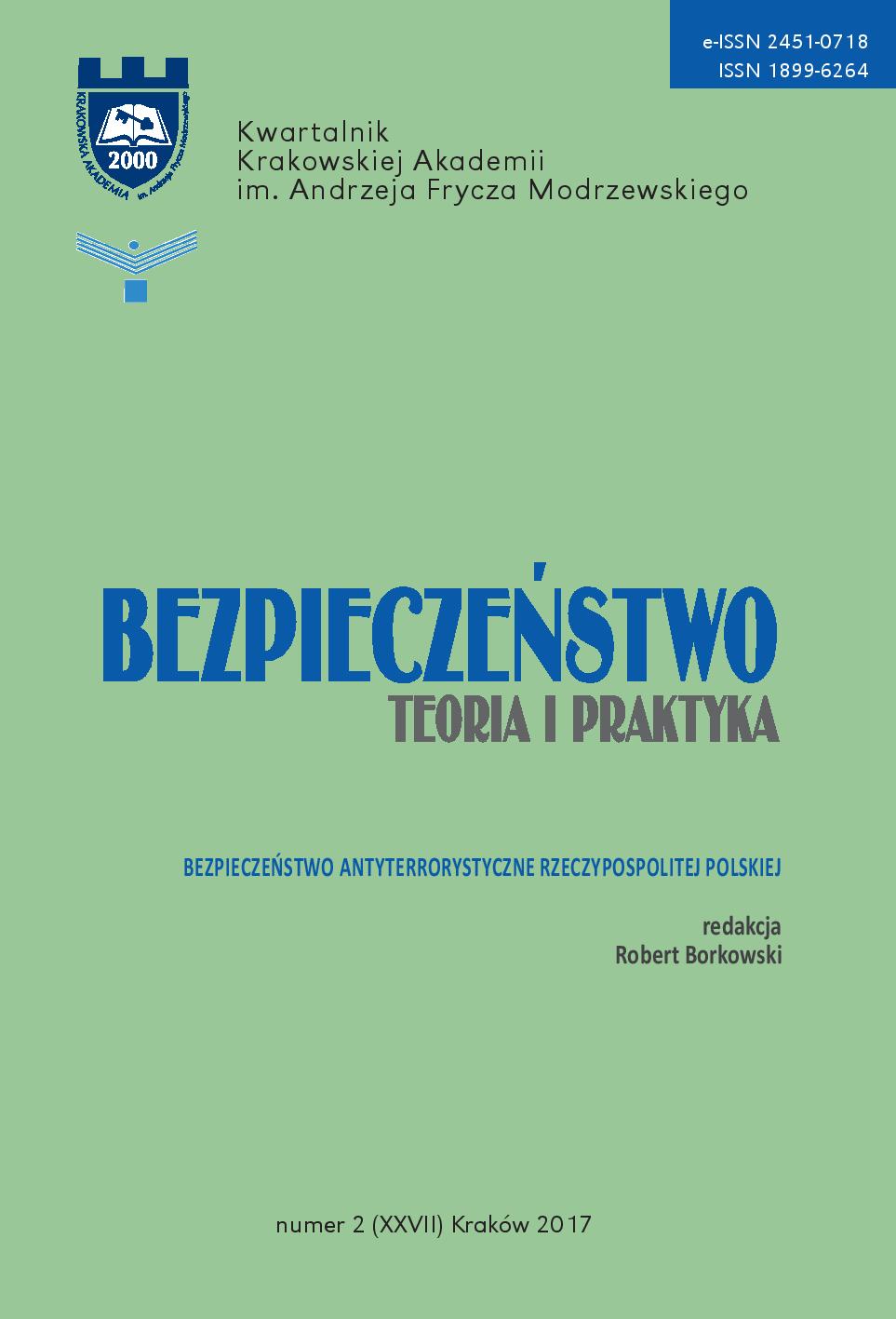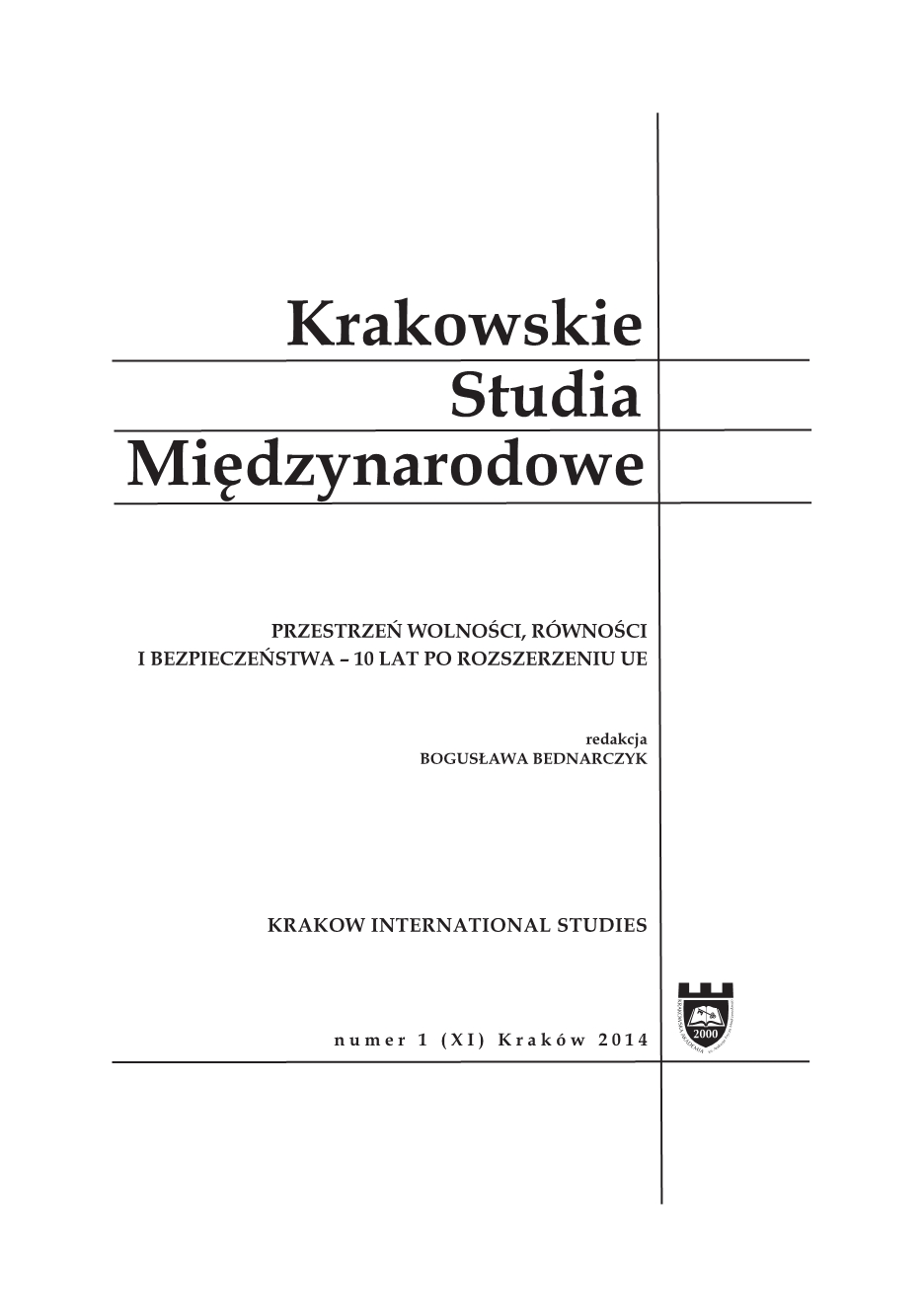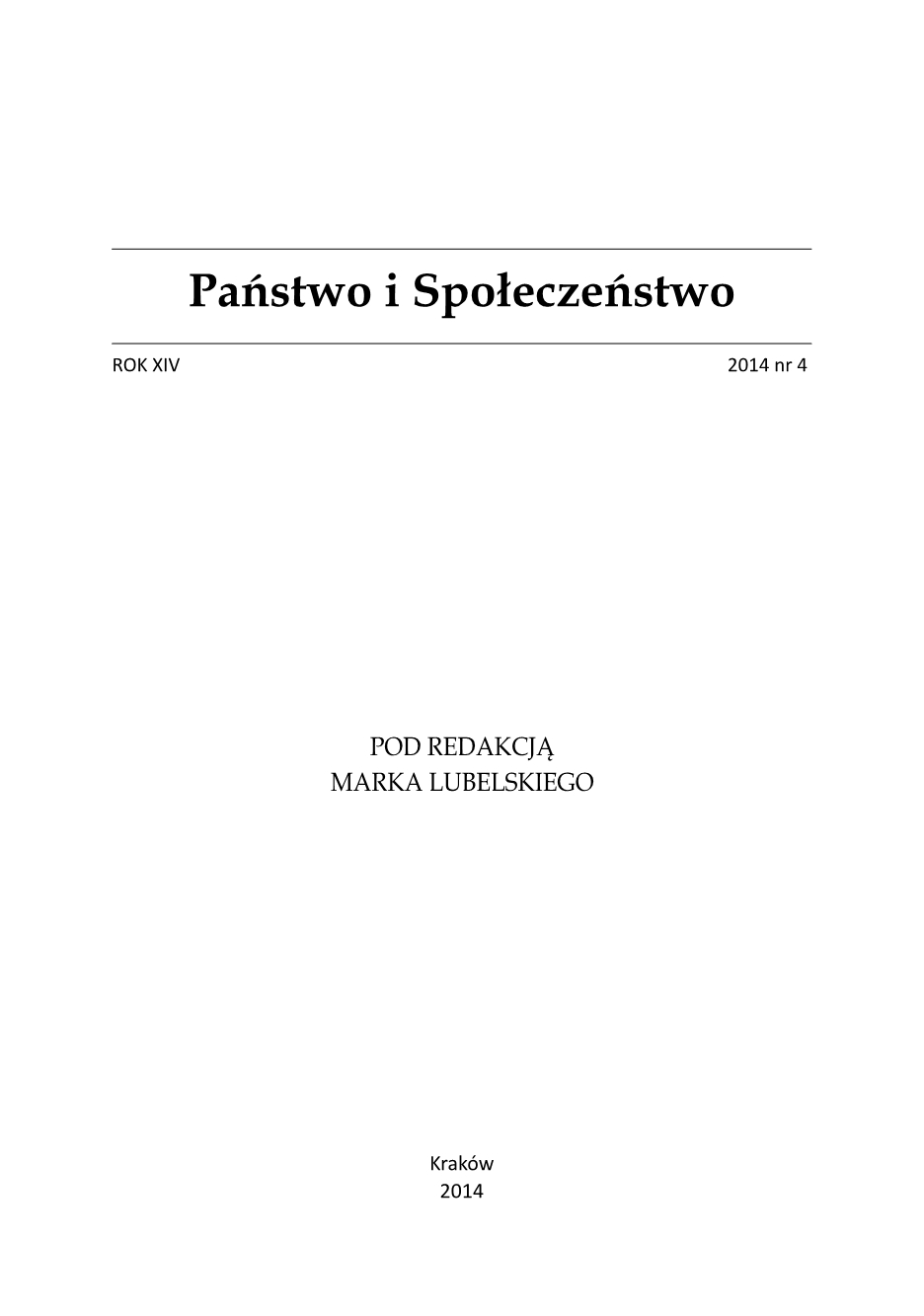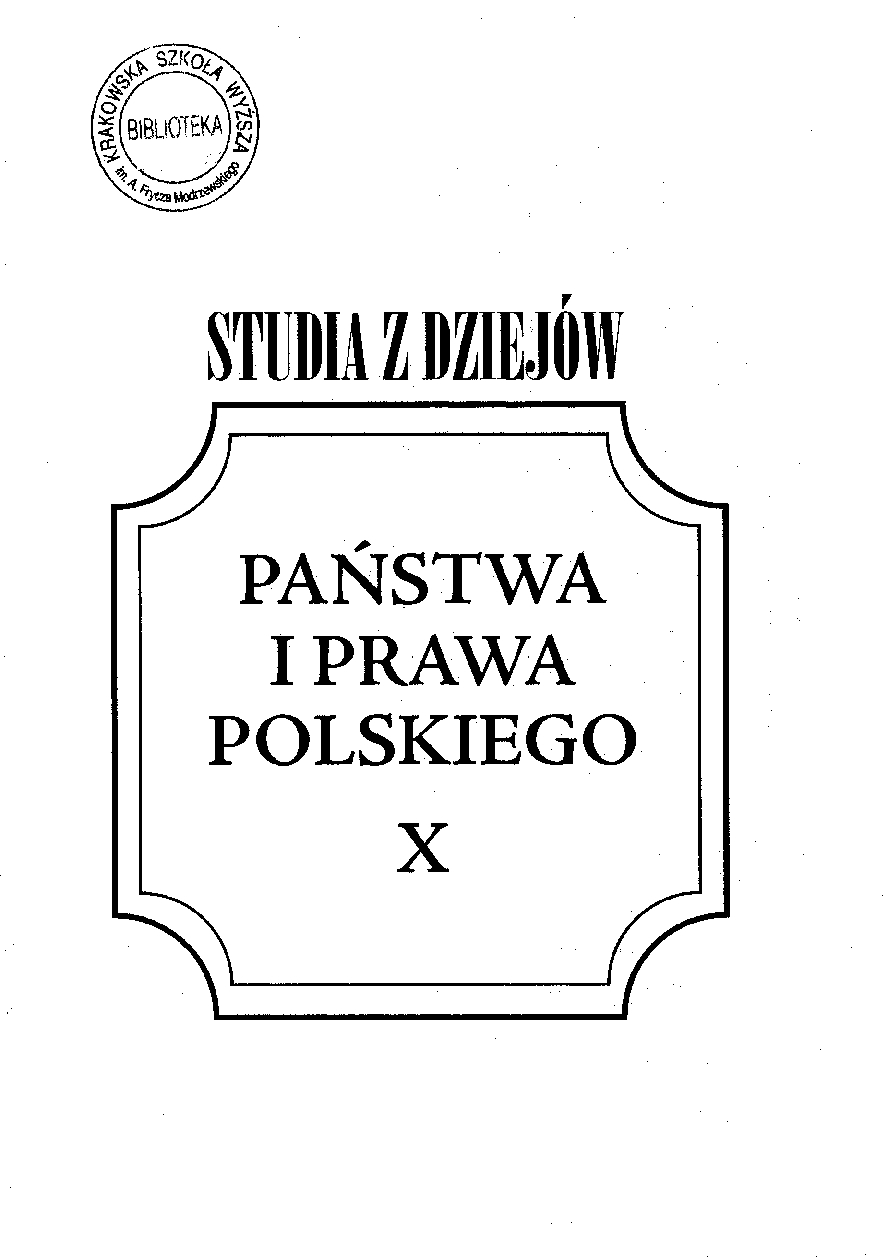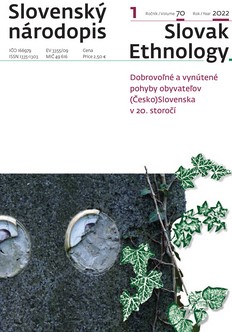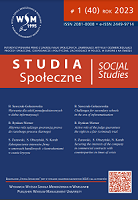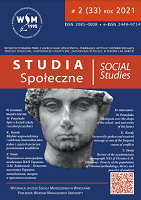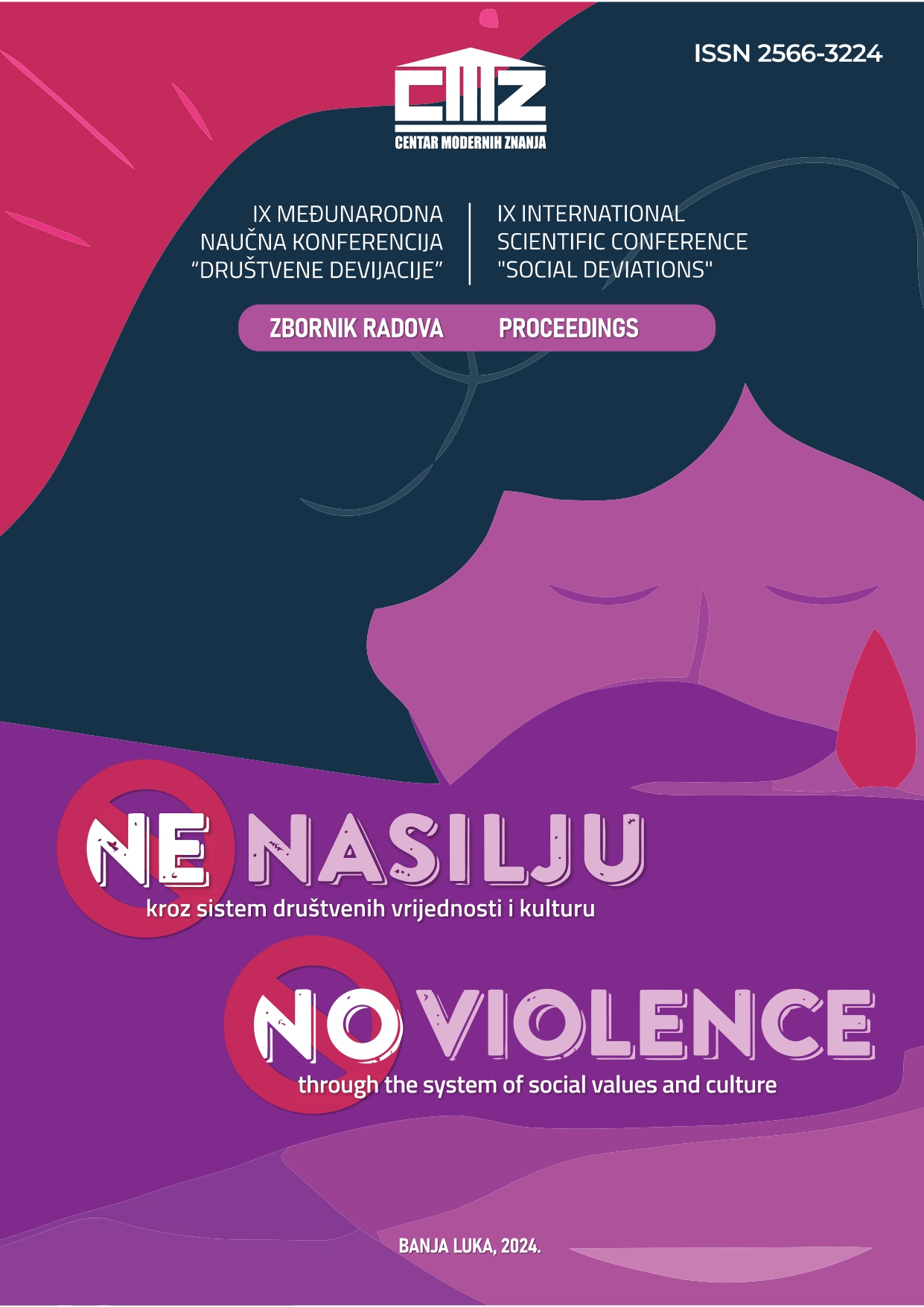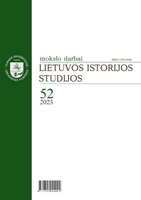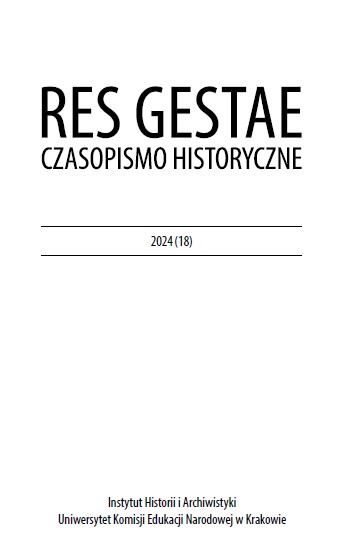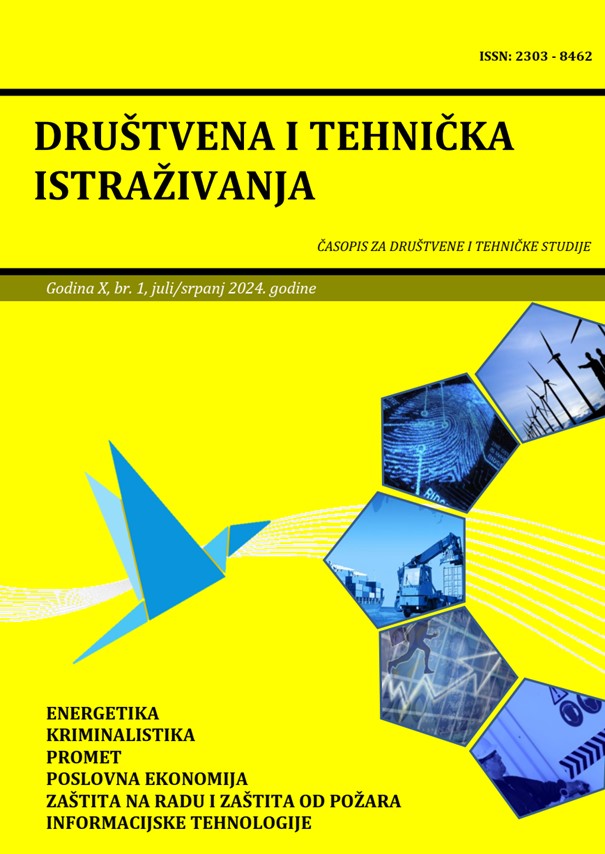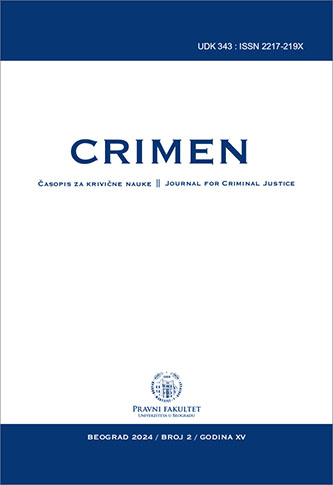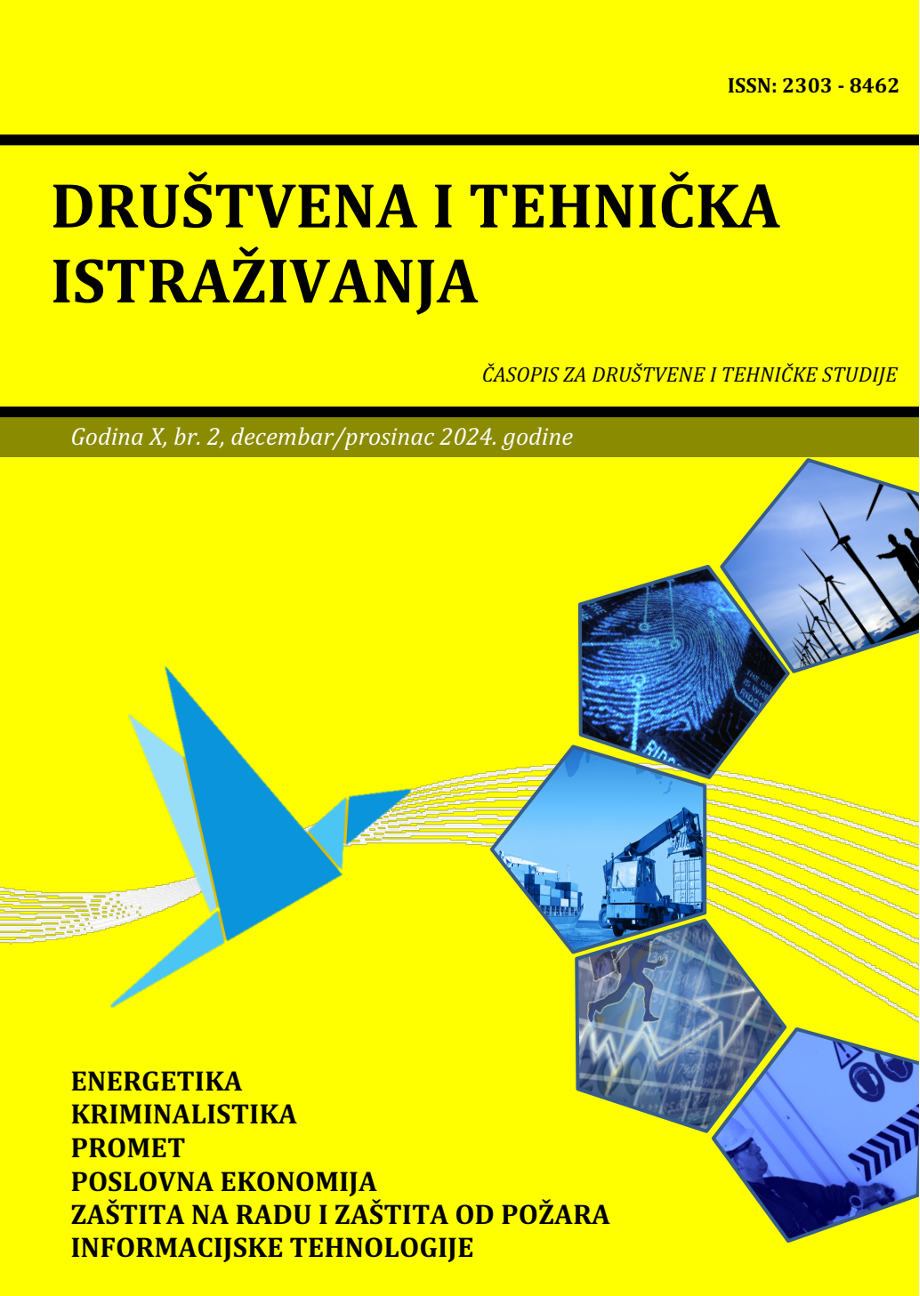Author(s): Branko Peran,Mirko Goreta,Vedran Milković / Language(s): Bosnian,Croatian,Serbian
Issue: 9/2024
The problem of overcrowding in prison systems is expressed all over the world, and the same problem of overcrowding exists in the Republic of Croatia. Bearing in mind the above, it was inevitable to introduce new, alternative forms of sanctions in order to relieve the prison system. When we are talking about alternative sanctions, it should be pointed out that alternative sanctions are all forms of punishing prisoners that do not include institutionalization, and in the Croatian legal system, these are protected supervision and work for the common good at liberty. Both types of alternative sanctions aim for the convict to repay his debt to society and to serve the sentence assigned by the court, but not to jeopardize his socialization and not to separate him from the environment in which he lives. The paper deals with alternative sanctions as sanctions that do not include institutionalized forms of punishment, i.e., punishment in the form of social isolation that is carried out in prison systems. Alternative sanctions keep the convict in his environment, but with the obligation to serve the sentence assigned by the court, but also to educate and progress in order to avoid repeating the crime for which he was convicted. Alternative sanctions are determined in accordance with the personality of the convict, with his consent and taking into account the degree of gravity of the crime he committed, so that the convict's remaining at liberty does not represent a security risk for the environment. The aim of the paper is to describe the concept, principles of implementation, historical development and forms of alternative sanctions and the organization of the probation system in the Republic of Croatia, with special reference to the organization of the probation system, its organization and the activities of the Probation Sector operating under the Ministry of Justice, as well as the tasks of the Central Office, probation offices, competencies of probation officers and commissioners, i.e. cooperation with other institutions and international cooperation. It should be emphasized here that probation is a new system established in the Republic of Croatia, the purpose of which is to humanize the execution of criminal sanctions and more effective resocialization and reintegration of perpetrators of criminal offenses into the social community.
More...
